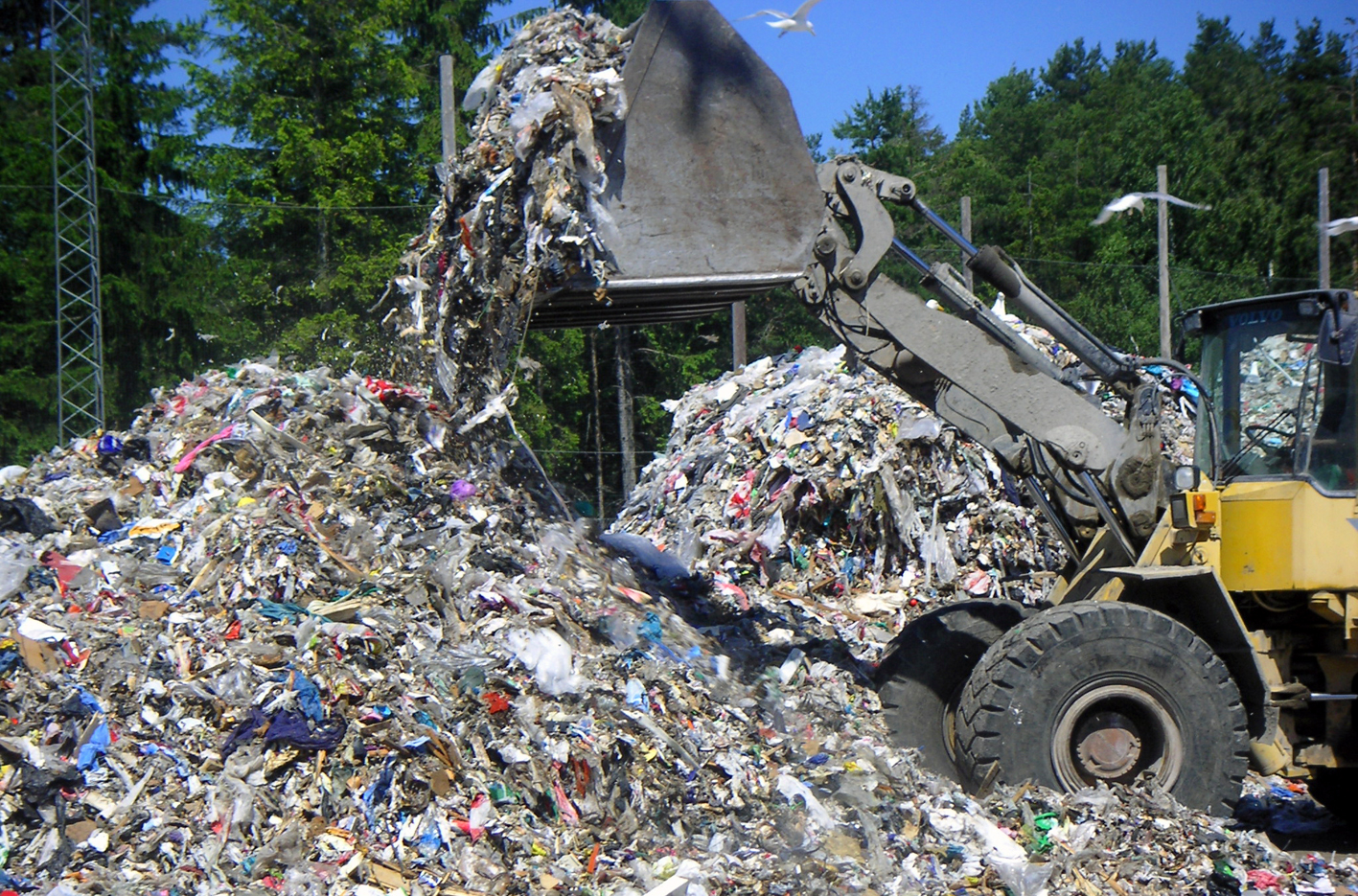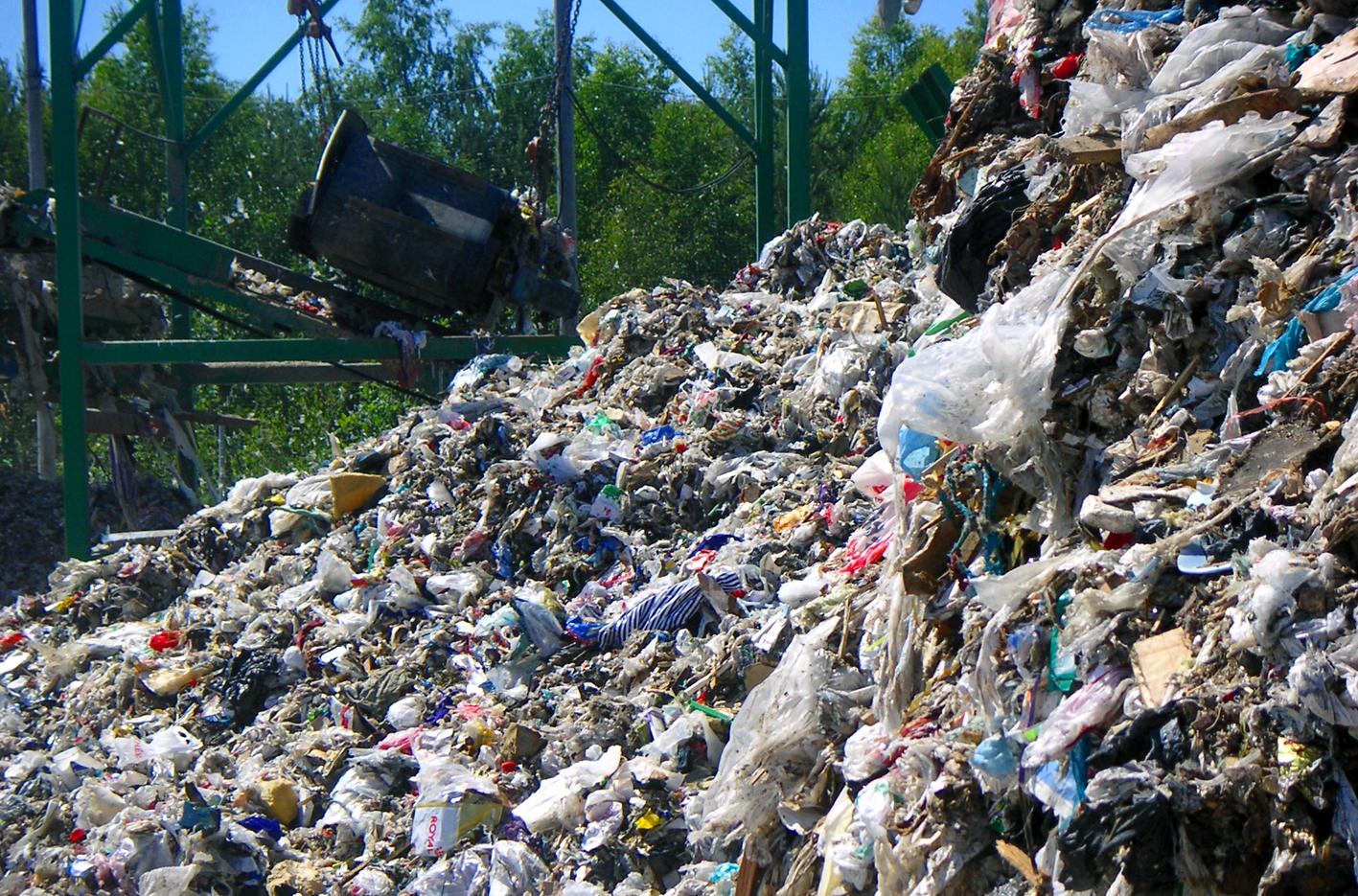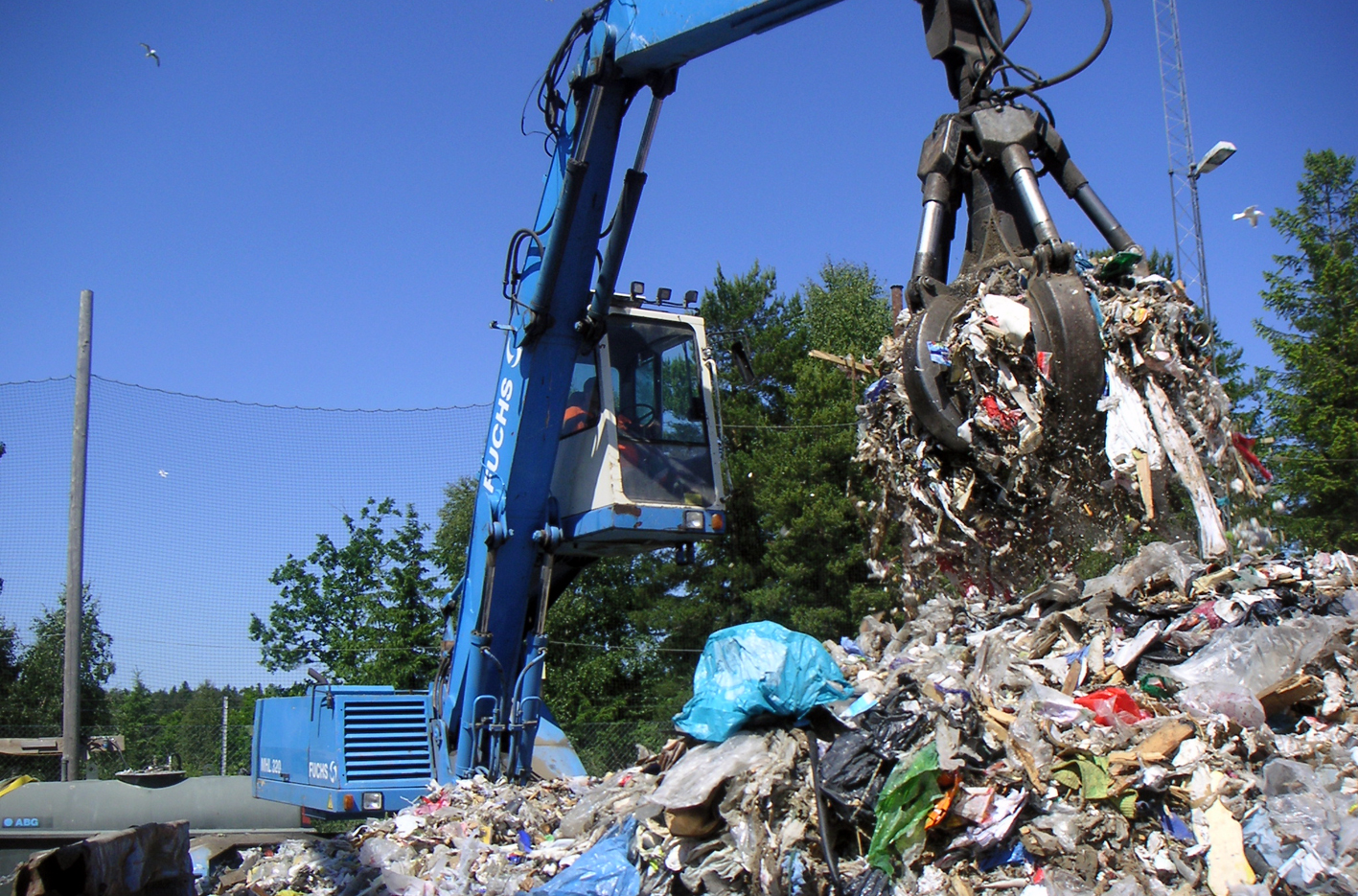Sorted combustible waste from Gotland
When we use locally sorted residual products as an alternative fuel in our plants, we are contributing towards solving local waste problems while at the same time cutting carbon dioxide emissons from cement production. This also creates local jobs.
This is the case on Gotland, where Gotland Municipality has started to collect household wase in compost and combustible fractions. With the collection of recycling material taking place "at the garden gate", the municipality was able to report a record level of waste recycling in 2008. 95 per cent of Gotland's household have chosen to sort into compost and combustible, with the combusitble fraction being transported to Roma, where it is sorted, processed and ground down to a maximum size of 50 mm. It is then driven to Slite for incineration at Cementa. A local solution to the island's waste management problem!
Before the system of incineration in Slite was established, household waste was transported unprocessed to the mainland, where it was burnt in conventional waste incineration plants. With the new system, the household waste remains on the island, which has reduced the total transport requirements for waste transport and thus cut emissions from these transport operations. Sorting of waste has been further improved, resulting in higher levels of material recycling, while at the same time the combustible fraction of household waste is replacing fossil fuels in cement production. Furthermore, the new plant that processes the island's waste has created jobs on Gotland.
The new processing system started up in 2008 and is expected to be fully expanded by 2010. Calculations show that around 15 000 tonnes of combustible, quality-assured waste will be processed in Roma and incinerated at Cementa in Slite.



